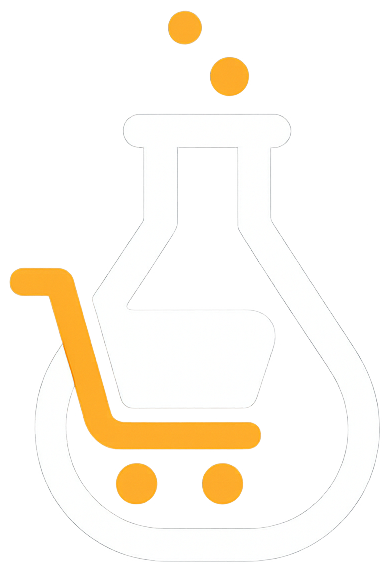Inbound Performance in the context of selling on Amazon refers to the effectiveness of strategies and processes that drive traffic and conversions to your product listings. This encompasses various elements such as listing optimization, keyword strategy, and advertising campaigns that attract potential buyers to your products. A strong inbound performance indicates that your products are not only being discovered by customers but also engaging them effectively, leading to higher conversion rates and improved sales velocity. Key factors influencing inbound performance include the quality of your product images, the relevance of your keywords, and the overall customer experience, including reviews and ratings.By continuously refining these aspects, Amazon sellers can enhance their inbound performance, ultimately resulting in increased visibility and profitability on the platform.
Inbound Performance is crucial for Amazon sellers as it directly influences sales performance and visibility on the platform. High inbound performance means better traffic to your listings, which can lead to increased conversion rates and ultimately higher sales. Additionally, effective inbound strategies enhance your product’s search ranking, making it more visible to potential customers.This visibility is essential for maintaining compliance with Amazon’s algorithms and policies, ensuring your listings are favored in search results. Furthermore, a strong inbound performance contributes to improved customer experience, as optimized listings with relevant keywords and quality images attract and engage buyers.This positive experience can lead to better reviews and repeat purchases, significantly boosting your profits over time. Therefore,focusing on inbound performance is key to achieving sustainable growth and success in the competitive Amazon marketplace.
Inbound Performance for Amazon sellers functions through a series of interconnected strategies and tools aimed at maximizing product visibility and sales. As a notable example, a seller begins by conducting keyword research using tools like Helium 10 or Jungle Scout to identify high-traffic search terms relevant to their products. Once the keywords are established, the seller optimizes their product listings by incorporating these keywords into the title, bullet points, and descriptions, ensuring that the listings are both informative and appealing.
Next, the seller may implement Amazon PPC (Pay-Per-Click) advertising campaigns to drive targeted traffic to their listings. By carefully selecting keywords and setting competitive bids, the seller can increase their product’s visibility in search results, thereby enhancing inbound performance. monitoring the performance of these campaigns through Amazon Seller Central is crucial, as it allows sellers to adjust their strategies based on real-time data.
Additionally, maintaining a strong customer experience is vital. This includes managing customer reviews and feedback effectively. A seller can use tools like FeedbackWhiz to automate follow-up emails requesting reviews, which can improve their overall rating and attract more buyers.
In real-world scenarios, a seller might notice that after optimizing their listings and running targeted PPC campaigns, their product sales increase significantly. They may also observe a rise in organic traffic as their product gains better rankings due to improved inbound performance.Thus, by continuously refining their strategies and leveraging the right tools, Amazon sellers can effectively enhance their inbound performance, leading to increased visibility, sales, and profitability.
